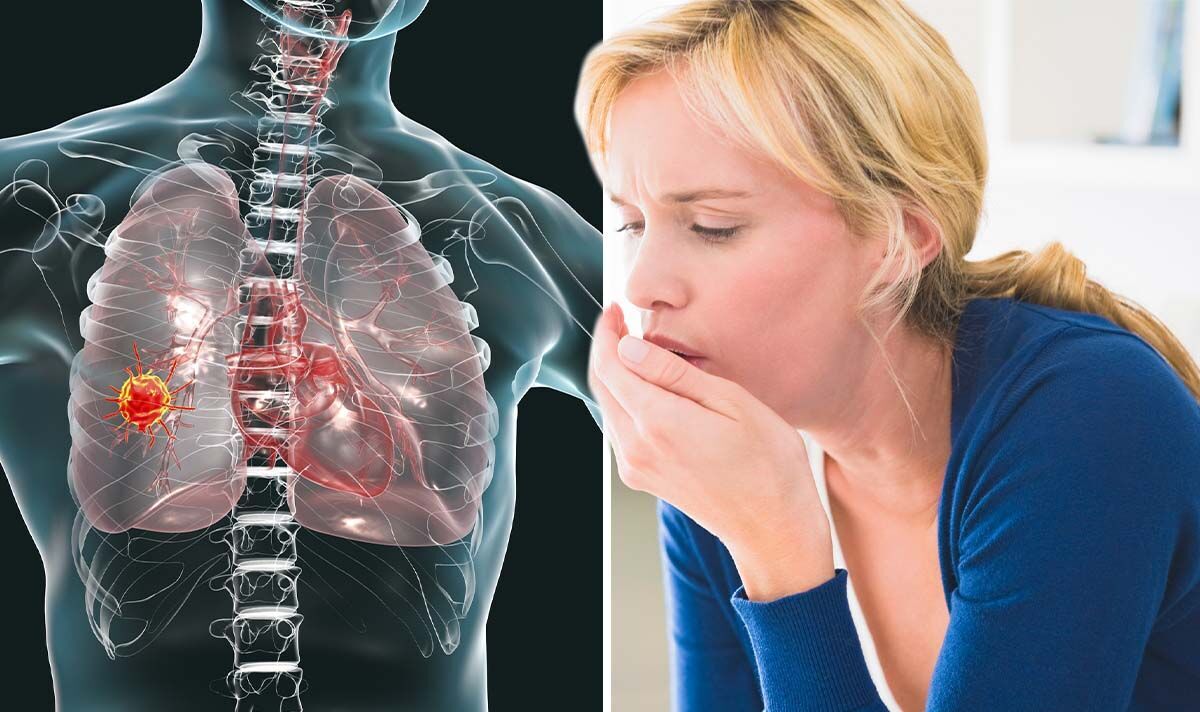Radon is a radioactive gas that is formed from the decay of uranium and thorium found in soil and rocks. It is an odorless, colorless, and tasteless gas that can seep into homes, schools, and workplaces, making it a significant health concern for millions of people worldwide.
In this article, we will explore how radon affects human health, focusing on the primary adverse health effect of exposure to increased levels of radon, which is lung cancer.
Table of Contents
The Health Risks of Radon Exposure
Radon exposure is a significant health risk, and the primary adverse health effect of exposure to increased levels of radon is lung cancer. Radon exposure has a stochastic effect, which means that it would need to be observed through long-term follow-up for several years to several decades.
The risk of lung cancer due to radon exposure is second only to that of smoking, and children have a higher estimated radiation dose due to the differences in their lung shape and size, and their higher respiration rates compared with adults.
The unattached fraction of radon progeny is 2-3 orders of magnitude more carcinogenic, and the smaller the dust particle, the deeper into the lungs it can travel and deposit, together with the radon progeny it carries.
Epidemiologic studies of miner cohorts have reported increased frequencies of chronic, nonmalignant lung diseases such as emphysema, chronic interstitial pneumonia, and pulmonary fibrosis, all of which increased as cumulative exposure to radiation and cigarette smoking increased.
The Occurrence of Lung Cancer Due to Radon Exposure
The occurrence of lung cancer due to radon exposure is a stochastic effect, which means that it would need to be observed through long-term follow-up for several years to several decades. The risk of lung cancer increases with the level of radon exposure and the duration of exposure.
The risk of lung cancer is higher in smokers than in non-smokers, and the risk of lung cancer due to radon exposure is higher in smokers than in non-smokers.
Some experts argue for epidemiological investigations regarding the radon mattress incident; however, to carry out an accurate epidemiological study, more precise individual data (e.g., duration of radon-releasing bed mattress use, sleeping habits, and sleep posture) need to be collected.
The occurrence of lung cancer due to radon exposure is a significant health concern, and it is essential to understand the risks associated with radon exposure to take appropriate measures to reduce exposure.
Balanced View and Accurate Information
Mass media and related experts need to communicate accurate information to the general public, and it is necessary to maintain a balanced view supported by many studies when providing information to the general public.
The health risks of radon exposure are well-established, and it is essential to provide accurate information to the public to reduce exposure and prevent health risks.
The health risks of radon exposure are a significant concern, and it is essential to understand the risks associated with radon exposure to take appropriate measures to reduce exposure. Radon exposure can cause lung cancer, and the risk of lung cancer due to radon exposure is second only to that of smoking.
Children have a higher estimated radiation dose due to the differences in their lung shape and size, and their higher respiration rates compared with adults.
Conclusion
In conclusion, radon exposure is a significant health concern, and the primary adverse health effect of exposure to increased levels of radon is lung cancer.
The risk of lung cancer due to radon exposure is second only to that of smoking, and children have a higher estimated radiation dose due to the differences in their lung shape and size, and their higher respiration rates compared with adults.
Radon exposure has a stochastic effect, which means that it would need to be observed through long-term follow-up for several years to several decades.
It is essential to maintain a balanced view supported by many studies when providing information to the general public regarding radon exposure.
The health risks of radon exposure are well-established, and it is essential to provide accurate information to the public to reduce exposure and prevent health risks. It is necessary to take appropriate measures to reduce radon exposure in homes, schools, and workplaces to prevent health risks.




